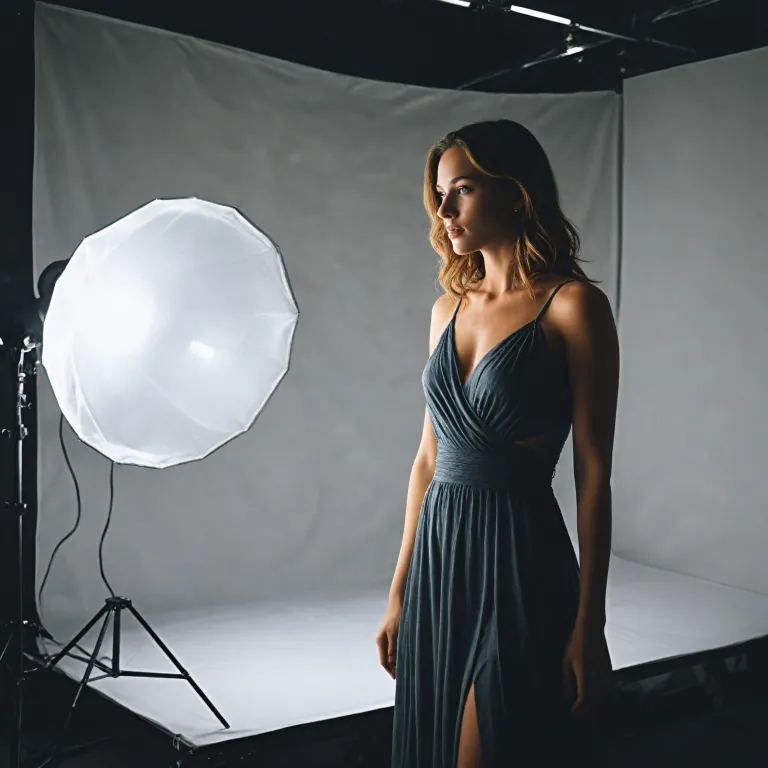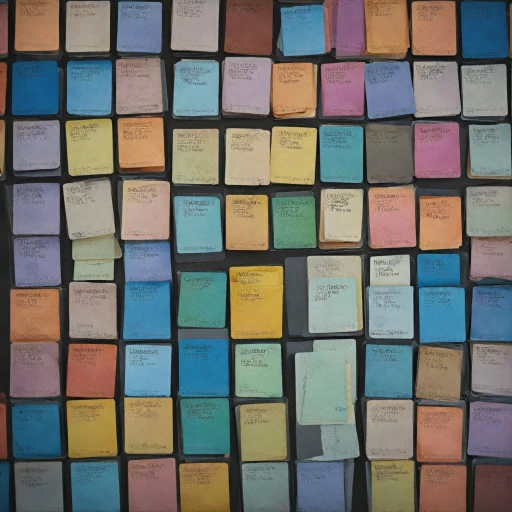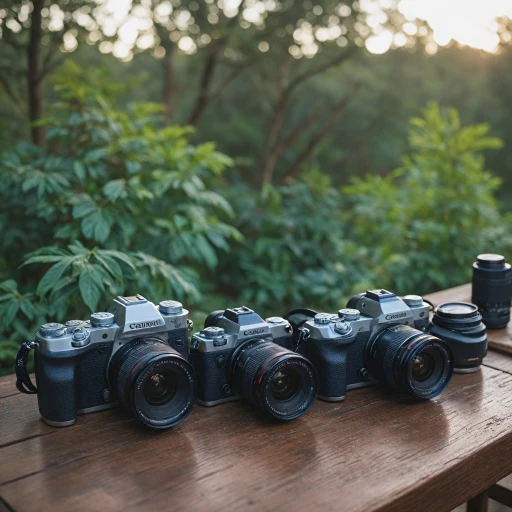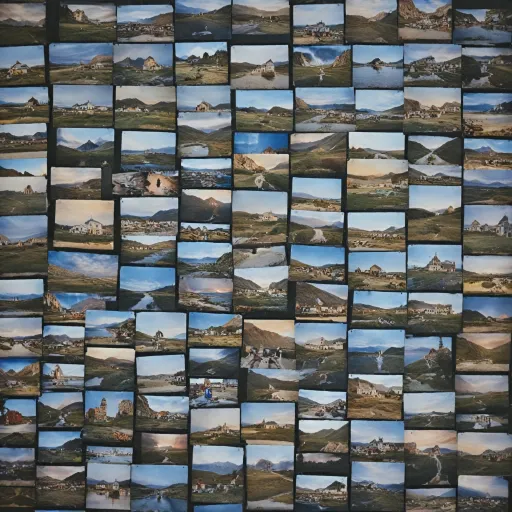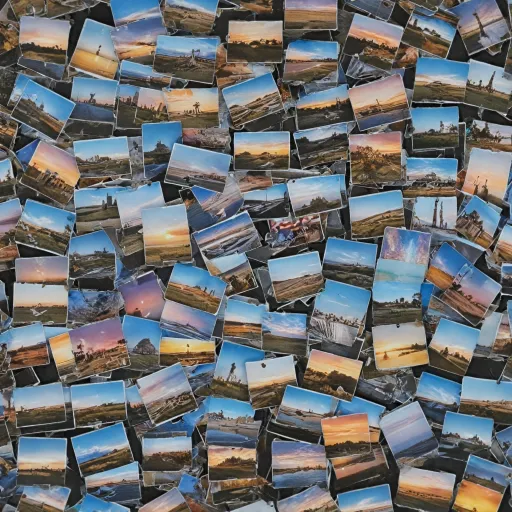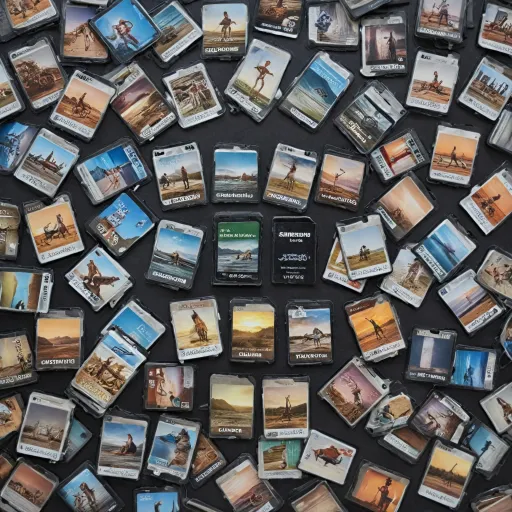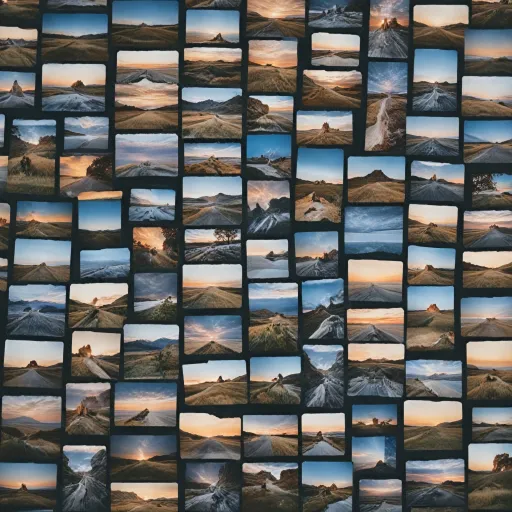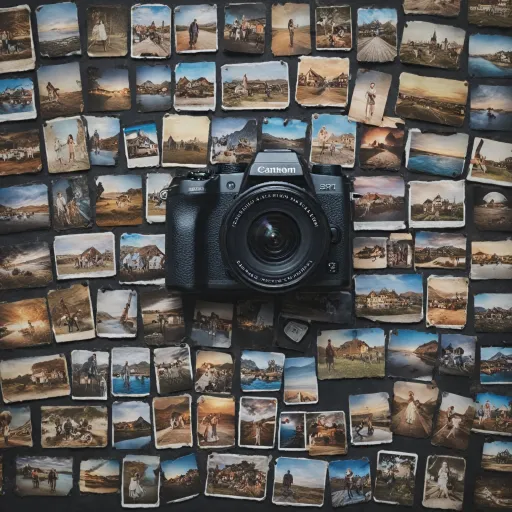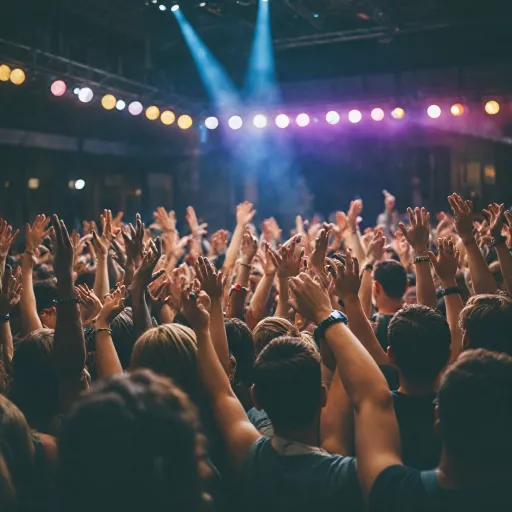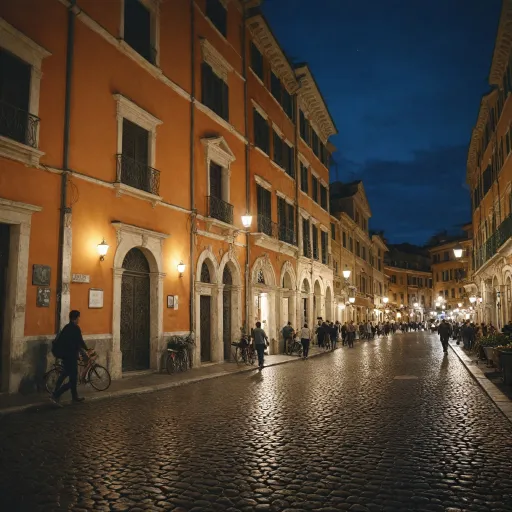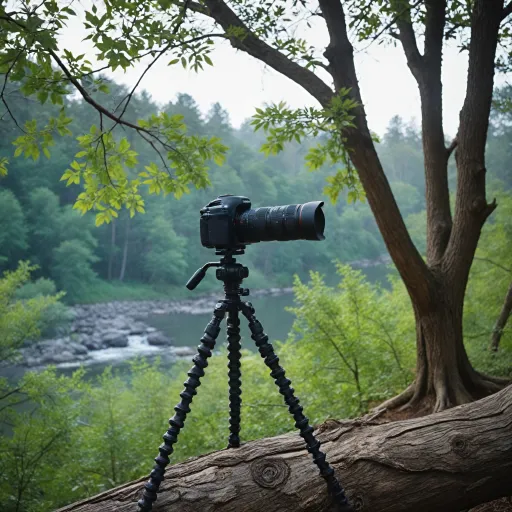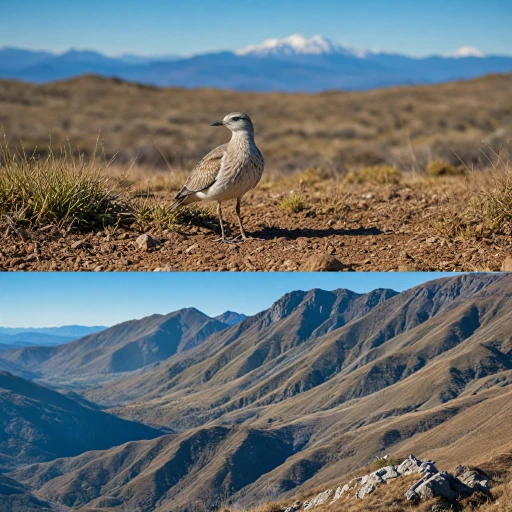
Understanding Monolights
Demystifying the Utility of Monolights
In the world of digital photography, monolights have become an essential tool for professionals and enthusiasts alike. These are self-contained studio lights that integrate a flash and power source in a singular unit, making them highly efficient and convenient. The inclusion of an intuitive shoe mount lightmeter can further enhance your control over lighting, ensuring precise exposure and creative flexibility.
Monolights come in various designs and functionalities to suit different photography needs. They can be built with either traditional bulbs or modern LED options, each offering distinct advantages. LED lights, for instance, provide a constant light source, allowing for diverse applications like photography, video shoots, and more. They are known for their energy efficiency and longevity, with RGB color LEDs offering a rich spectrum of light colors for creative freedom.
One of the significant advantages of monolights is their portability and ease of setup. Given the varied mount and integration options, such as built-in batteries or external power sources, they support both studio and on-location shoots. This diversity makes them an asset, irrespective of your studio lighting kit configuration or budget, with price options ranging low to high, adapting to various budget constraints.
It's vital to note the difference between monolight and other lighting solutions like speedlights. While both are flashes, monolights offer a more comprehensive setup with high power capabilities, ideal for captivating daylight and low-light photography. Their robust construction and quick adjustments facilitate dynamic photography sessions, delivering reliable high low lighting scenarios.
As you familiarize yourself with these powerful tools, exploring the differences between the popular models in the market could be valuable. Review how each model's specifications stack up against each other in terms of power, build quality, and price – often sorted alphabetically or by price low to high, so you can find the featured best match for your needs.
Benefits of Using Monolights
Profiting from the Advantages of Monolights
Monolights have become an essential tool in any photographer's gear due to their robust versatility. They are particularly useful in studio lighting settings, providing both powerful and even light. Here’s why they stand out as a top choice:- Flexibility in Lighting: Monolights offer a broad spectrum of lighting options. From soft tones to stark, crisp effects, their adjustable power allows photographers to achieve the desired ambient atmosphere with ease.
- Consistent Color Temperature: One standout feature is the daylight high color temperature, ensuring that the tonal quality of your images remains consistent. This is particularly crucial in videos or photography that rely on specific light color like rgb or color LED.
- Portability and Quick Setup: Many monolight kits come equipped with battery options, allowing for a seamless transition from studio to field. This makes them ideal for both indoor studio settings and outdoor shoots where quick adjustments are needed.
- Value for Price: While initial price high might seem daunting, investing in high power monolights is cost-effective over time. Many photographers sort featured best-selling items alphabetically to find high-quality options within a reasonable price low to high bracket.
- Diverse Mount Options: With options ranging from studio LED mounts to portable mounts, photographers can select the right tools to match their shooting conditions. This high flexibility allows for low effort in setting up varied lighting arrangements.
Choosing the Right Monolight
Essential Factors to Consider for Your Monolight Choice
Selecting the right monolight for your studio or video needs can be daunting with the variety of options available. Here’s a comprehensive guide to helping you make an informed decision.- Power and Output: Determine your lighting needs based on your studio space and desired effect. Power levels vary from low to high, offering flexibility for different settings. Consider a monolight with adjustable power for ease when switching between high and low light scenarios.
- Light Types: The choice between daylight and color LED lights can impact your photos' color accuracy and mood. For those who prioritize accurate color representation, daylight options are recommended. For more creative projects, RGB color LED capabilities offer numerous possibilities.
- Mount and Portability: Depending on your need for mobility, opt for monolights with quick and easy mounts. Battery-powered options are ideal for outdoor shoots or studios with limited power outlets, giving you more freedom in your setups.
- Price Range: Monolights come in a wide price range from low to high. Sort by price low to high or alphabetically to compare models within your budget. Featured best-selling items do not always mean the most cost-effective choice; consider your specific requirements before making a purchase.
- Quick Setup Features: For shooting requirements that switch rapidly, a monolight kit that enables a full refresh and quick setup could be beneficial. Such features enhance efficiency during studio or on-location sessions.
Setting Up Monolights for Optimal Use
Optimal Setup for Monolight Use in Photography
To maximize the impact of your monolights in your studio setup, start by determining the lighting needs specific to your photography style, be it high fashion or simple product photography. Begin by familiarizing yourself with the power capacities of your monolights, as this will influence the overall lighting effect you're aiming for. Investing in a durable light stand kit is essential. Ensure that your light mount is both flexible and sturdy, providing stability whether you’re shooting indoors with studio LED lights or outdoors with portable daylight options. Look for kits that offer quick setups and breakdowns, especially if you frequently switch between locations. Several factors must be considered when arranging your lights:- Lighting Position: Positioning is key for both natural and professional outcomes. Experiment with angles and distance from the subject to harness the power of your monolights effectively.
- Battery vs. Mains Power: Decide between battery-operated kits for portability or mains-powered kits for consistent light flow. Understand the price high to low variations, depending on your budget.
- Color and Temperature Adjustments: Consider using RGB or color LED light options for adjustable light color settings. This versatility is particularly useful in video projects where full refresh of lighting is critical.
Techniques for Effective Lighting with Monolights
Mastering Light for Professionals
Once you have a good understanding of monolights and have chosen the right one for your needs, it's time to dive into techniques that bring out the best in your lighting setup. To achieve effective lighting with monolights in a studio or on location, you need to adapt your approach according to your desired outcome.
Utilizing Light Modifiers
Attachments like softboxes, umbrellas, and reflectors are invaluable, as they can affect the mood and intensity of your photos. For a soft and even spread of light, use softboxes. An umbrella can create broader and sometimes harsher lighting, offering versatility to your setups. Reflectors are great for bouncing light back onto the subject to fill in shadows.
Balancing Color Temperatures
Pay attention to color temperature, measured in Kelvins – for achieving appropriate matching or contrasting with ambient light. An LED light high on daylight balance, around 5500K, ensures matches with natural daylight, keeping a consistent and professional appearance. If your monolight has adjustable color temperatures, tweak it to suit the specific environmental lighting.
Harnessing Power and Battery Options
Different environments call for varying levels of power. Opt for monolights with adjustable power settings to ensure flexibility; knowing high and low voltage settings is crucial for avoiding overpowering or underwhelming light results. Battery-powered monolights are vital for mobility, permitting photography sessions in low-access areas where power outlets might not be available.
Creative Lighting Techniques
- Backlighting: Creates dramatic silhouettes by placing the monolight behind the subject.
- Side lighting: Adds depth and dimension to images by casting shadows on one side of the subject.
- High and low key lighting: For artistic emphasis; high key produces a bright and vibrant effect, while low key gives a moody and dark feel.
Consistency and Quick Adaptation
As studio demands fluctuate, being quick to adapt your lighting setup is essential. Gain proficiency in repositioning your monolights to create different looks efficiently, ensuring your work flow remains uninterrupted.
Cultivating these lighting skills can enhance your photography professionalism while offering diverse visual options, suitable for various media like video and stills. Whether you're focusing on studio LED setups, daylight high color consistency, or pro-grade battery operation, applying these strategies will certainly elevate your lighting expertise.
Troubleshooting Common Monolight Issues
Tackling Frequent Monolight Glitches
As you dive deeper into using monolights in your studio, you might encounter common issues that can disrupt your workflow. Here's a quick guide to help you troubleshoot effectively.
Inconsistent Lighting Power
If you experience fluctuations with your lighting power, ensure your battery is fully charged. A low battery may lead to less consistent output, affecting the light high levels you need for your shoots. For studio setups, confirm that your lights connect securely to a stable power source.
Color Temperature Inconsistencies
Experiencing shifts in color temperature can skew your image hues, affecting the desired daylight balance. Check the LED settings, especially if your monolight features RGB or color LED options. Reset to the factory settings or perform a full refresh by turning the unit off and back on. Always ensure you're working with a selection of lights from a reputable manufacturer, known for maintaining color stability.
Troubles with Mounting Equipment
Mount issues can lead to tilted or unstable lights. Make sure your monolights are properly attached to their kits. Each mount should grip firmly and hold the lights in position, preventing any disruption in your studio setup. Double-check that mounting items fit the designated monolight model, as mismatched equipment can cause balance problems.
Preventing Overheating
Monolights that overheat can cut into your shoot time. To prevent this, allow for cool down periods and select models with efficient heat dissipation, especially those featuring LED technology. Incorporating lights with low heat emission is crucial when sorting featured options for your studio.
Remember, getting familiar with your equipment and understanding the terms of privacy the manufacturer sets can help avoid potential issues. Investing in reliable, high best-selling products, even if they come at a high price, ensures less hassle and more focus on creativity in your photography.
